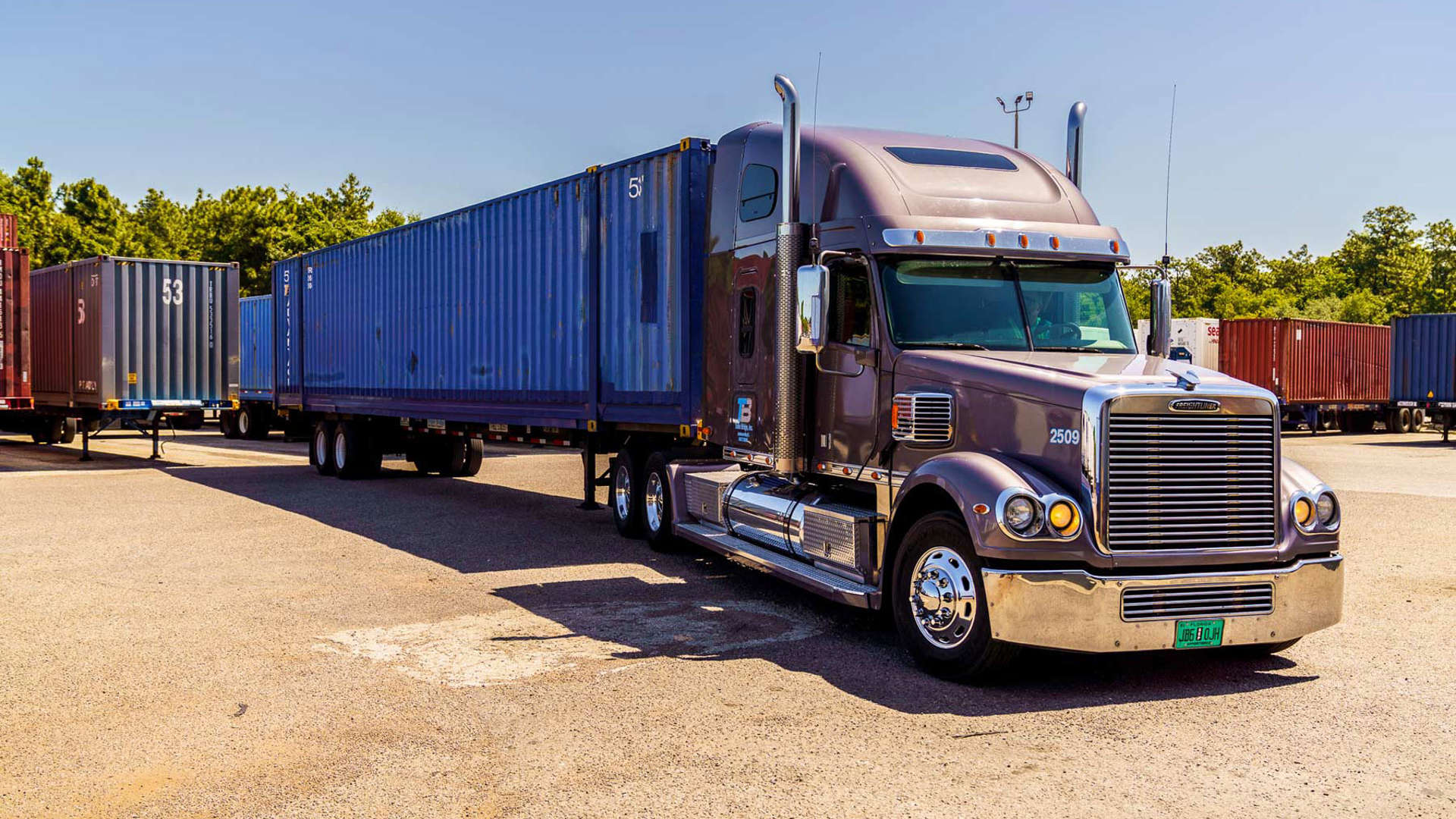
What is Spot Freight?
As a shipper, contract or spot freight are your two primary options when it comes to arranging truckload transport for your goods. Many businesses may choose to establish contracts with carriers to ensure capacity and rates in advance. But the spot market holds an important role in the supply chain as an alternative for shippers to secure pricing for one-time transportation needs on-demand.
Defining Spot Freight
Spot freight is when a shipper has a load that needs to be moved over a single lane and requests a one-time quote from a transportation company for their services.
In turn, the transportation company provides the shipper with pricing to move that single shipment.
The rate provided to the shipper is a short-term agreement that is only good for the current move. If future transportation services are needed, the shipper would have to request new quotes based on the current spot market rates.
In contrast, contract freight is where the shipper enters into a long-term agreement with a carrier to transport their goods. The agreement usually lasts from 6-12 months and the shipper agrees to provide the carrier a certain shipping volume for specific lanes in exchange for a set price.
When You Should Use the Spot Market to Move Your Freight
It’s common for most businesses to use a combination of both contract and spot freight to keep their supply chain running efficiently. But there are certain situations where using the spot market is preferred.
If you are a small shipper, securing transportation through spot market rates might be your only option if you don’t have enough volume or lane consistency to qualify for a contract arrangement with a carrier.
Even if you have contractual agreements with carriers, there are a few common scenarios when using the spot market is necessary:
- A one-off shipment in an inconsistent lane
- Expedited shipments when your typical carrier can’t handle the load
- Last-minute shipments your contracted carrier isn’t available for
- Shipments with additional requirements your contracted carrier isn’t equipped to handle such as hazmat, oversized, etc. But if you do normally move cargo requiring special accommodations you can contract with a carrier that has these capabilities.
- Increased shipment volume during a seasonal capacity crunch such as produce season or peak season
What Influences Trucking Spot Rates?
The amount a shipper is charged for a one-time move is called a spot rate and is based on current market conditions at the time of booking. Conditions impacting spot rates are ever changing making forecasting and budgeting transportation expenses more difficult for shippers.
Here are a few conditions that impact spot rates:
Supply and Demand
Like the economy, trucking spot rates are impacted by the real-time principles of supply and demand. In the trucking industry, this concept is expressed as “load to truck ratio,” meaning the number of loads needing to be moved vs. the number of trucks available. This ratio can differ between lanes, where there is higher demand for some than others. In the industry, this is often referred to as capacity.
If there are more loads needing to be moved than capacity available, the rate will go up, and if there is more capacity available than loads, the rate will go down. Equipment and driver shortages influence the load to truck ratio and lead to higher spot rates if there are not enough trucks to meet demand.
Origin and Destination
When truckers are operating, their goal is to spend as little time deadheading, or driving without a load, to reduce the number of miles traveled without making money.
If your freight is being picked up and delivered in a highly saturated area, your spot rate will be lower because there is a better chance the trucker can find a new load soon after delivering yours and avoid costly downtime. But if a trucker must travel into a more remote area to pick up or deliver your order, your rate will go up because it will be harder for them to find a new load to move after delivering yours.
Fuel Prices & Economy
As prices for fuel and routine vehicle maintenance rise, they lead to higher operating costs for the carrier. This is then passed along and reflected in higher spot rates for the shipper.
Delivery Urgency
If you need to expedite freight, you will end up paying more to ensure your load is transported to its final destination within the specific delivery window. In this case, the shipper’s priority is speed over cost.
Whether you run a large or small operation, you are guaranteed to use the spot market at some point to keep your supply chain moving. By understanding what it is, when to use it, and the market conditions impacting rates, you are better equipped to make transportation strategy decisions to grow your business.




